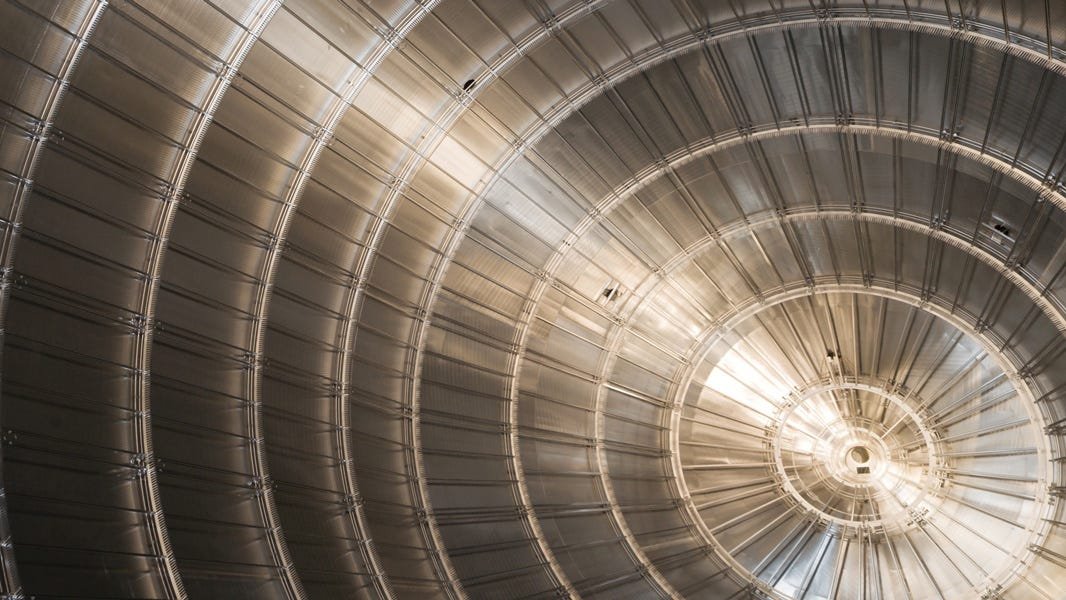The long-elusive neutrino was shown to have a bizarre property no one expected: mass. New, tightest-ever limits have profound implications.
There are many puzzles out there about the very nature of reality that remain to be solved. Many of the big ones include dark matter, dark energy, the ultimate origin of space and time, and why our Universe is made of normal matter and not an equal amount of antimatter. But even though they’re largely derided as “cosmically unimportant,” the humble neutrino presents a tremendous cosmic mystery as well. First proposed way back in 1930 as a possible explanation for why some types of radioactive decays seemed to violate the conservation of energy, neutrinos (and antineutrinos) were first directly detected in the 1950s, and are an important part of the Standard Model of particle physics.
Neutrinos were once a candidate for dark matter, and have indeed been shown to have mass. They’ve been caught oscillating, or changing species, from one flavor into another, and actually represented a significant fraction of the Universe’s total energy density in the early stages of cosmic history. Although we’ve placed indirect constraints on their masses from cosmic measurements (such as of the cosmic microwave…

